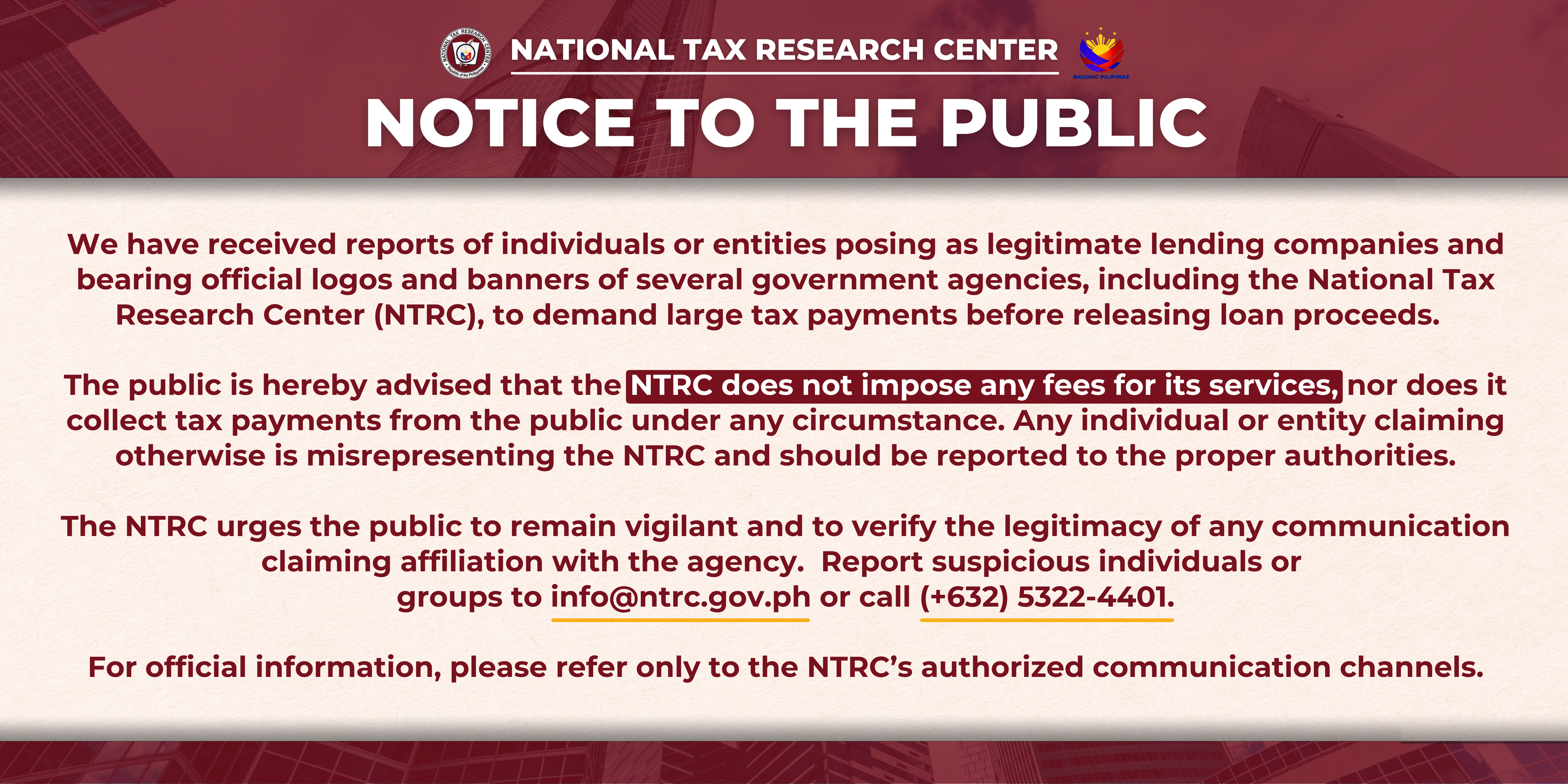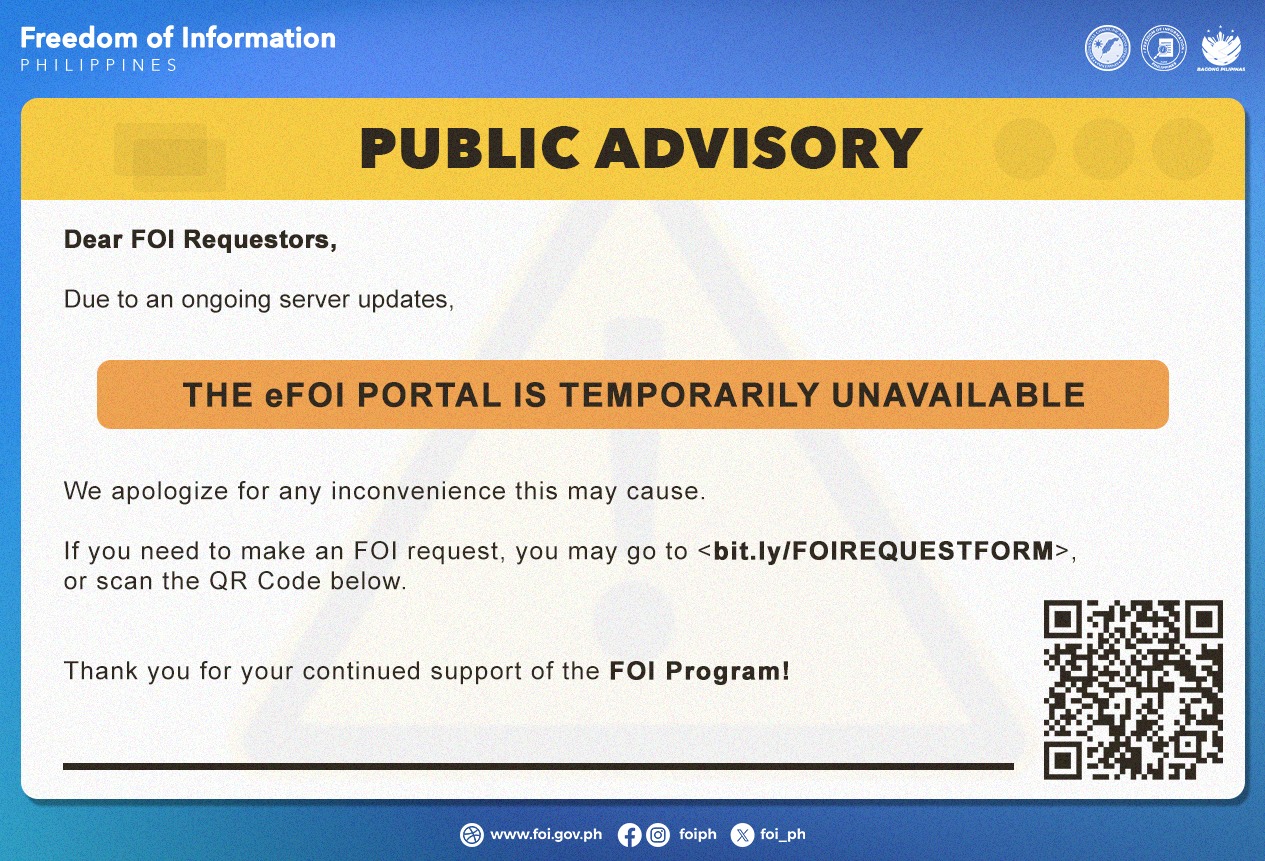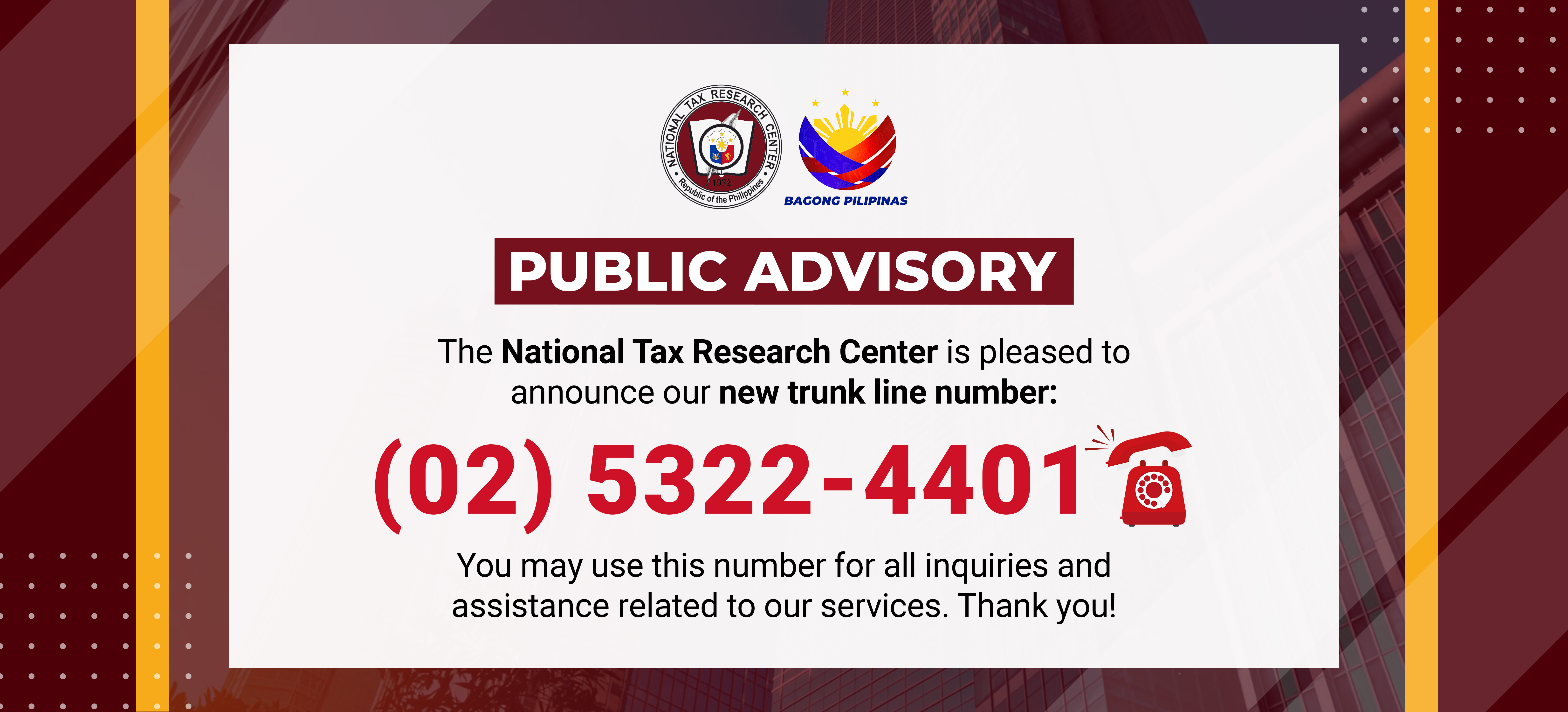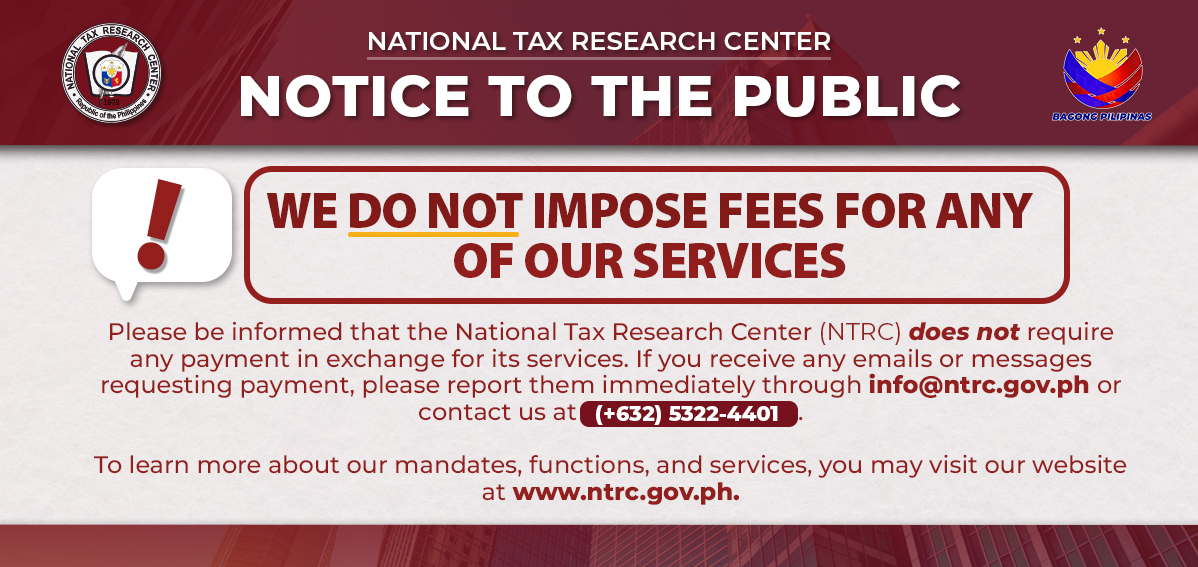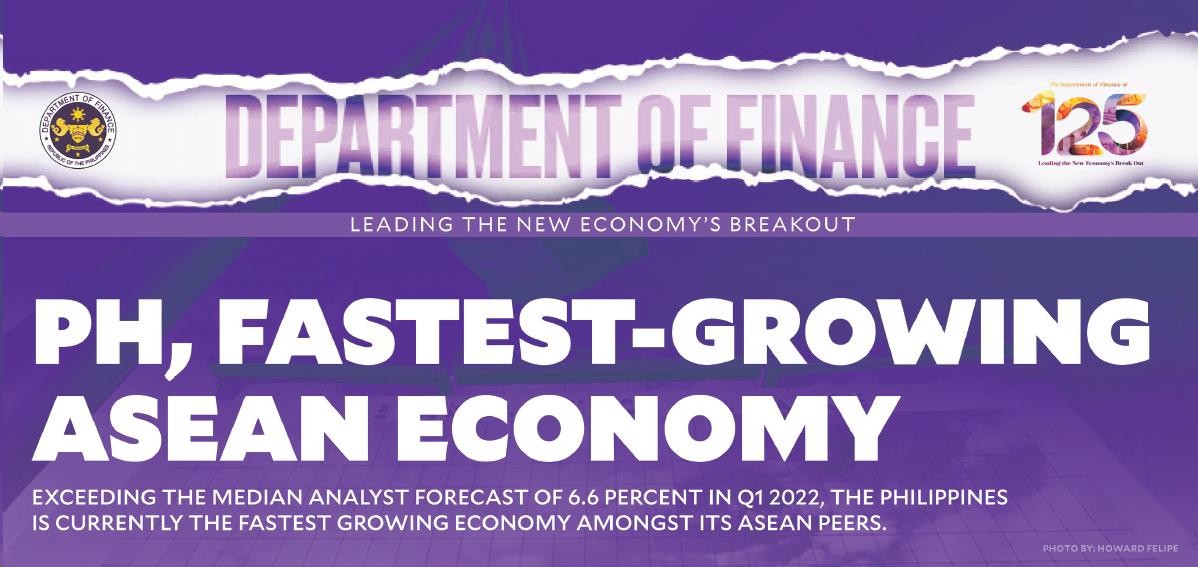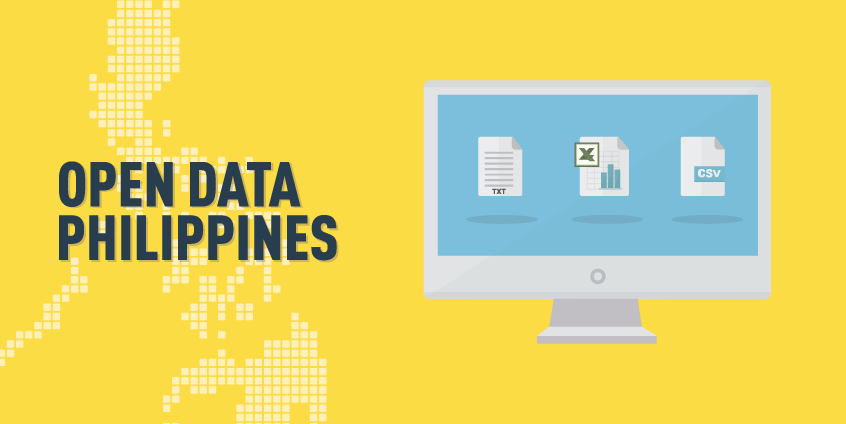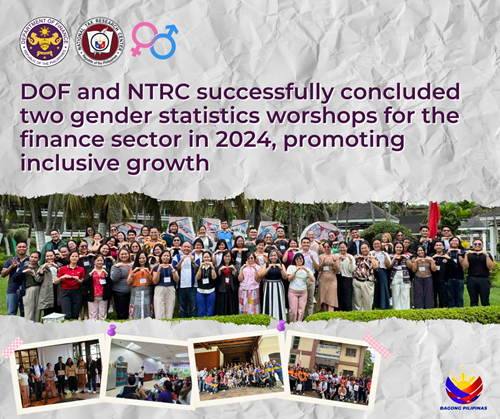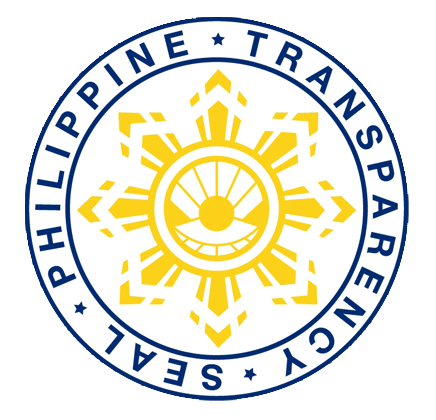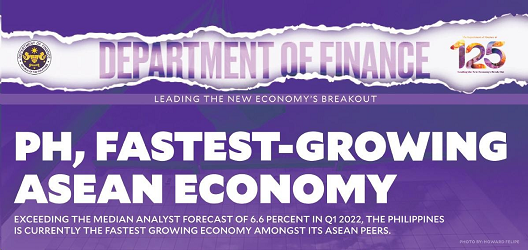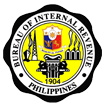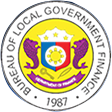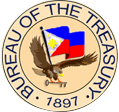10 Things You Didn’t Know About ASEAN
1. ASEAN will be 50 years old in two years’ time. It started with five founding member countries in 1967 – Indonesia, Malaysia, the Philippines, Singapore and Thailand. Brunei joined it in 1984. ASEAN’s membership further expanded with Viet Nam joining in 1995, Laos and Myanmar in 1997, and Cambodia in 1999.
2. ASEAN did not have a secretariat until 1976, nine years after its creation. It is based in the Indonesian capital, Jakarta, and is headed by a Secretary-General. There are about 300 employees in the secretariat.
3. The ASEAN charter entered into force in 2008. The charter gave ASEAN, after more than 40 years of existence, a legal personality and profiled it as a rules-based organisation.
4. Each ASEAN Member State has appointed a Permanent Representative to ASEAN with the rank of Ambassador based in Jakarta. All of them collectively constitute the Committee of Permanent Representatives (CPR). The CPR is chaired by the ASEAN Member State holding the ASEAN Chairmanship. The CPR supports the work of the ASEAN Community Councils and ASEAN Sectoral Ministerial Bodies, coordinates with the ASEAN National Secretariats, liaises with the Secretary-General of ASEAN and the ASEAN Secretariat on all subjects relevant to its work and facilitates ASEAN cooperation with external partners.
5. Eighty-three non-ASEAN countries have appointed ambassadors to ASEAN.
6. ASEAN has 10 Dialogue Partners. These are Australia, Canada, China, the European Union, India, Japan, New Zealand, the Republic of Korea, Russia and the United States. ASEAN has also established a Comprehensive Partnership with the United Nations.More countries are keen to be Dialogue Partners, including from as far as Latin America and Europe.
7. If ASEAN were a single country, it would be the third largest economy in Asia and the seventh largest in the world by GDP. At current trends, it is projected to be the world’s fourth largest economy by 2050.
8. The ASEAN chair – and host of annual ASEAN summits and meetings – rotates yearly among member states, going by alphabetical order. But at times, the order can differ from this pattern. For instance, this year’s Chair is Malaysia, to be followed by the Lao People’s Democratic Republic in 2016. This is because Lao PDR switched chairmanship slots with Myanmar, which had requested 2014. The Philippines will chair ASEAN in 2017, during its 50th Founding Anniversary.
9. The 8th of August is observed as ASEAN Day, marking the day of its creation through the ASEAN Declaration in 1967. Various activities are held to mark it at the national and regional levels.
10. ASEAN is keeping the momentum of regional integration and community-building through the next 10 years, after the launch of the ASEAN Community in December 2015. ASEAN’s Vision 2025 is a bold, visionary, progressive and forward-looking document to reflect the aspirations of the next generation of ASEAN nationals. It will realise a politically integrated, socially responsible, and a truly people-oriented, people-centred and rules-based ASEAN.
.png)
